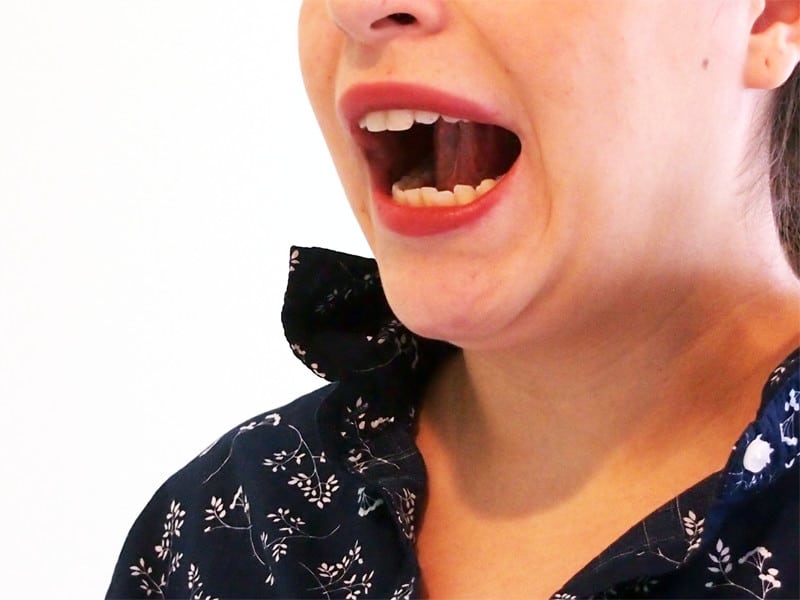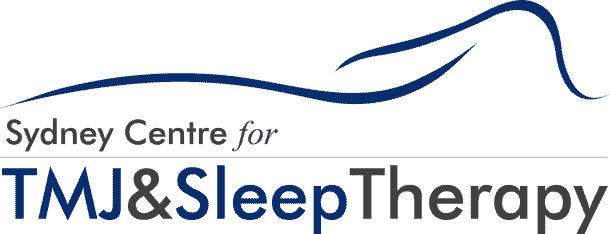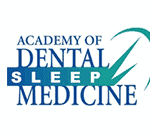What is TMJ Dysfunction?
Your jaw plays a vital role when you eat, talk, or chew. You might not notice it but you will once you suffer from TMJ dysfunction. Whether or not you suffer from a condition known as locked jaw or you experience pain in your TMJ, it is important to address this condition whenever you can. Otherwise, you will be dealing with pain and discomfort associated with TMJ. It is important to know how to perform basic TMJ dysfunction exercises so you can restore function and become pain-free. TMJ dysfunction is a generic term that refers to any pain or disorder that is associated with the muscles that promote the movement in the jaw. As a result of this disorder, you are unable to close or open your mouth, or at least not be able to do so without causing pain. This is a pretty common disorder that affects 20-30% of adults. It is also the most common condition affecting men and women alike, next to toothache.TMJ Dysfunction Treatment
Jaw exercises are one of the best ways to treat any dysfunction in the associated joints. While it might not eliminate the pain altogether, constantly performing these TMJ dysfunction exercises can lessen the pain or discomfort over time until it is easier to manage.Relaxed Jaw Exercise
This simple exercise can be done by resting your tongue on top of your mouth and in the back of your upper front teeth. Do this repeatedly in order to relax your jaw muscles. You can try this exercise a few times during the day for best results.Partial Goldfish Exercises
This jaw exercise is named as such as it mimics the movement of a goldfish’ mouth, which moves frequently opening just slightly to move the muscles and joints in your jaw. To do the goldfish exercise, you must place your tongue on the roof of your mouth. Place one finger in front of your ear (at the base of your TMJ). Then, use another finger and place it on your chin. Slowly drop your lower jaw and then close, before opening it again and doing the entire process repeatedly. When you open or close your mouth, make sure to keep the movement at a minimum but enough to exercise your TMJ muscles and joints. You should be able to feel mild resistance but without any pain. You can also try another variation to this exercise. This time, instead of placing one finger on the chin, you will place a finger on each side of the TMJ. You should perform six repetitions of this exercise per set. You can do as many sets as you want each day.Full Goldfish Exercises
This is another one of the TMJ dysfunction exercises that you can do to keep your jaw strong and free from pain. Repeat the same process as the above goldfish exercise, but instead of opening your jaw halfway, do it in full this time. When you drop your jaw, make sure that your mouth is wide and fully open. You can also try doing either one of the two techniques (either placing on finger on the TMJ and another on the chin, or one finger each on both sides of your TMJ) as you open and close your jaw. Follow the same repetition for this exercise (six repetitions per set at six sets daily).Tongue Up
This is one of the easiest exercises you can perform to strengthen your jaw muscles and joints. Move your tongue so it touches the roof of your mouth. Slowly open and close your mouth while making sure that the tongue touches the roof. Do this as often as you can during the day.
























